
This article contains spoilers for Dream Productions, currently streaming on Disney+
Exploring New Dimensions in Dream Productions
Dream Productions takes a fresh approach to the inner workings of Riley’s mind, revealing new layers of complexity within the framework established by the original Inside Out film. The series focuses on the operations of a studio responsible for crafting Riley’s dreams, shedding light on their significance and the interconnectedness of mental processes. An intriguing twist is introduced in the third episode, which showcases the repercussions of a dream gone awry, primarily impacting the central characters, but also hinting at broader human experiences tied to sleep patterns and emotional health.
Moreover, the show gives us insight into how different minds interact, suggesting unforeseen connections and influences across mental landscapes. This opens the door for exciting storytelling possibilities as the series progresses.
The Concept of Direct Mind Communication
How Riley’s Bad Dream Affects Her Dad
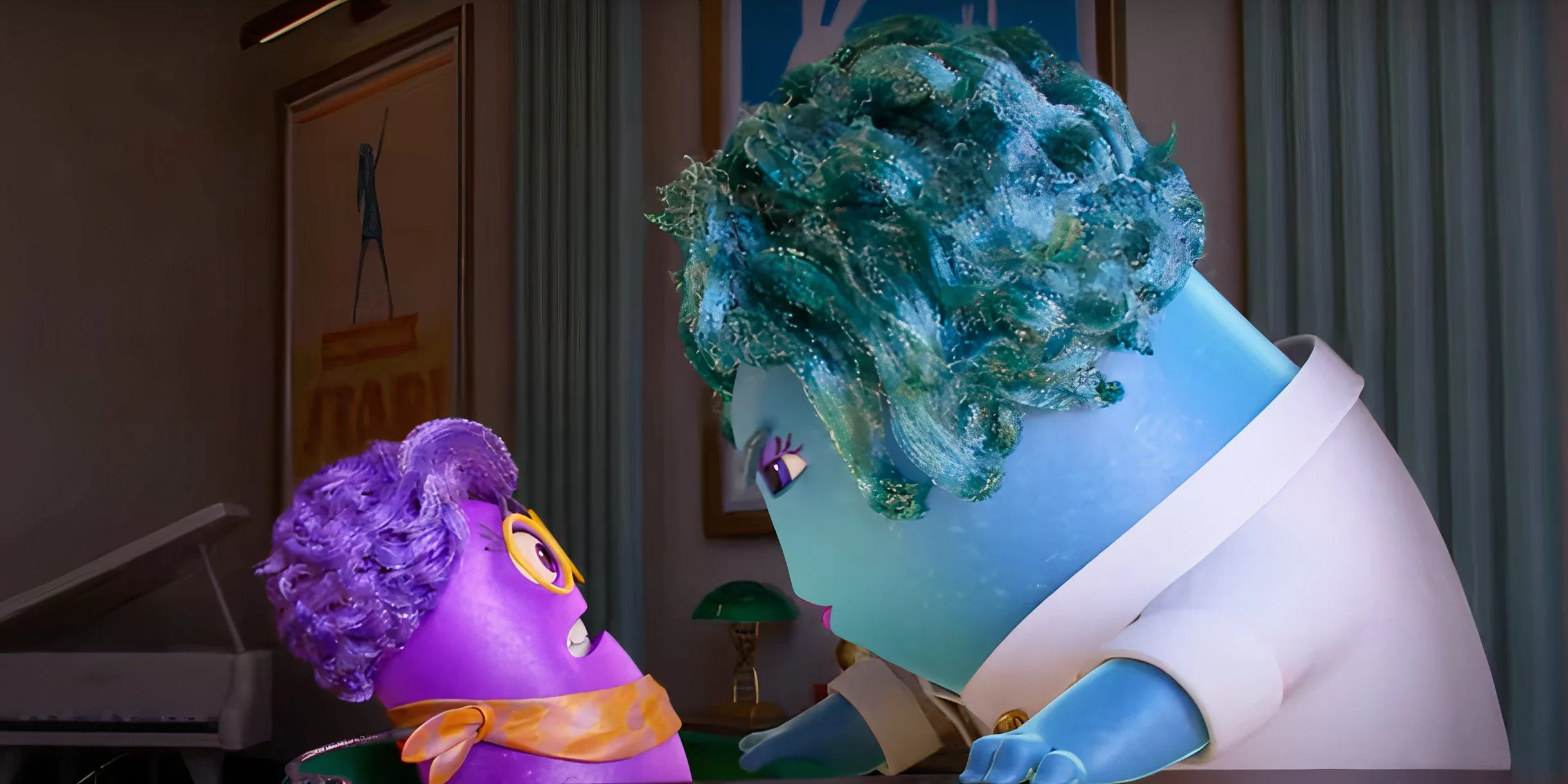
A pivotal plot point in Dream Productions hints at an astonishing capability within the minds of characters: direct communication. In the episode titled “Part 3: Romance!”, the dream crafted by Paula Persimmon and Xeni spirals out of control, leading Riley into a state of sleepwalking that provokes backlash from her father’s mind. Jean Dewberry, head of Dream Productions, reveals that her father’s mental realm has expressed frustration over being disturbed.
This revelation suggests that different minds in the Inside Out universe can interact in ways previously unexplored. While earlier iterations of the series maintained a more isolated view of mental activities, this new development prompts inquiries about the potential for emotions or thoughts from one individual’s mind to communicate with those from another. Could this lead to shared experiences or conflicts? The prospect remains tantalizingly open.
How Dream Productions Functions Within Inside Out
The Hierarchy Between Head Quarters and Dream Productions
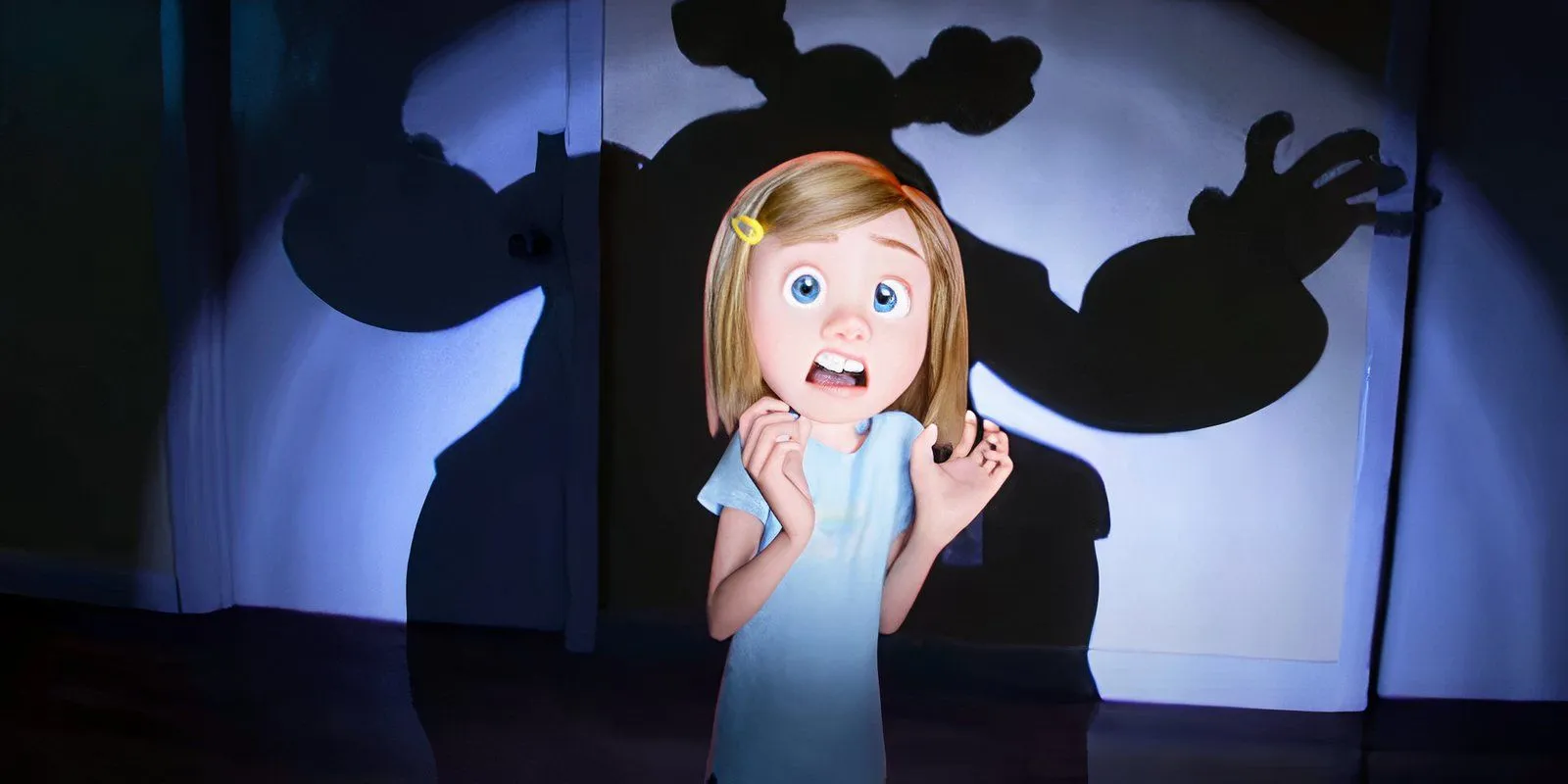

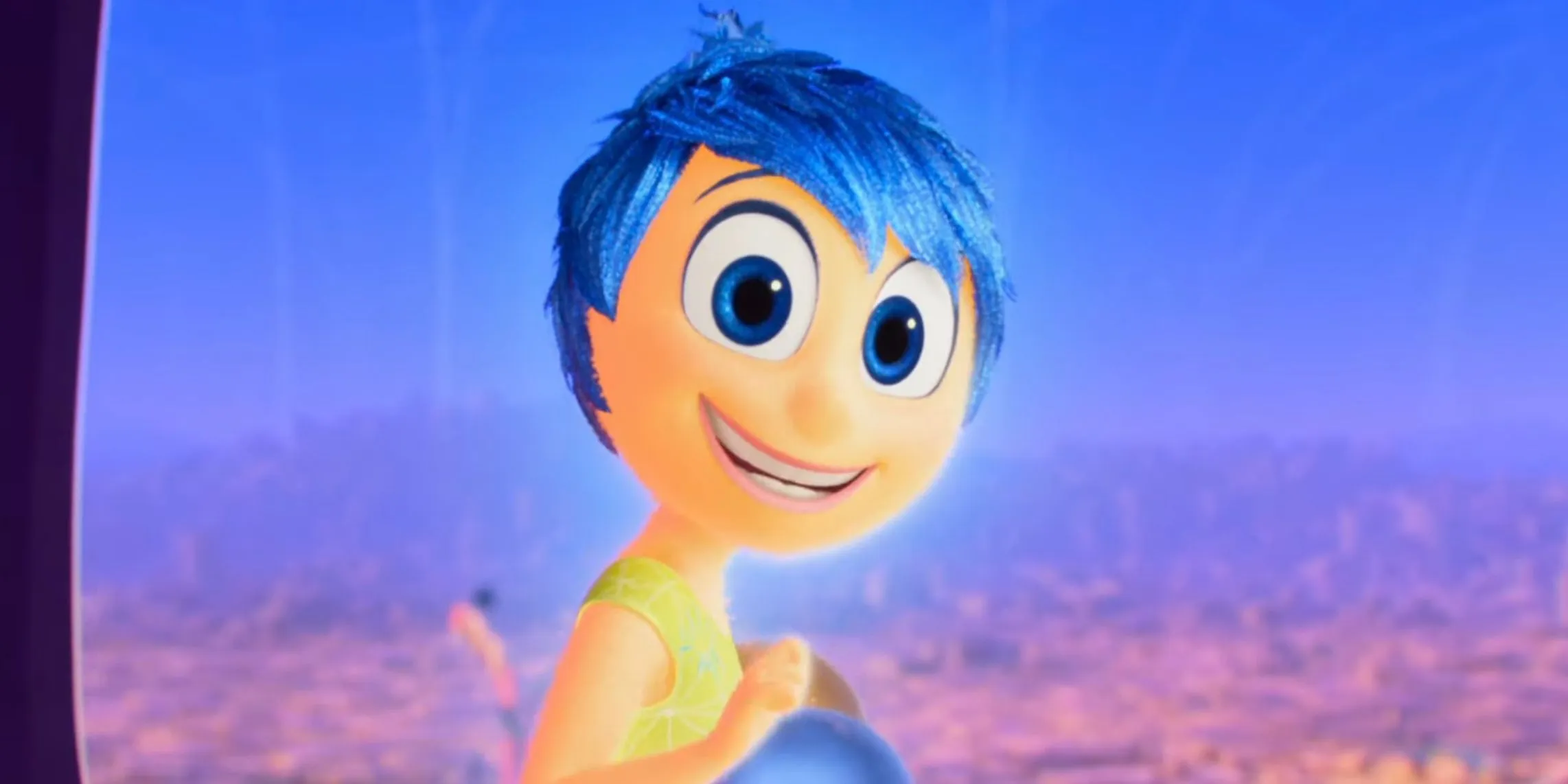
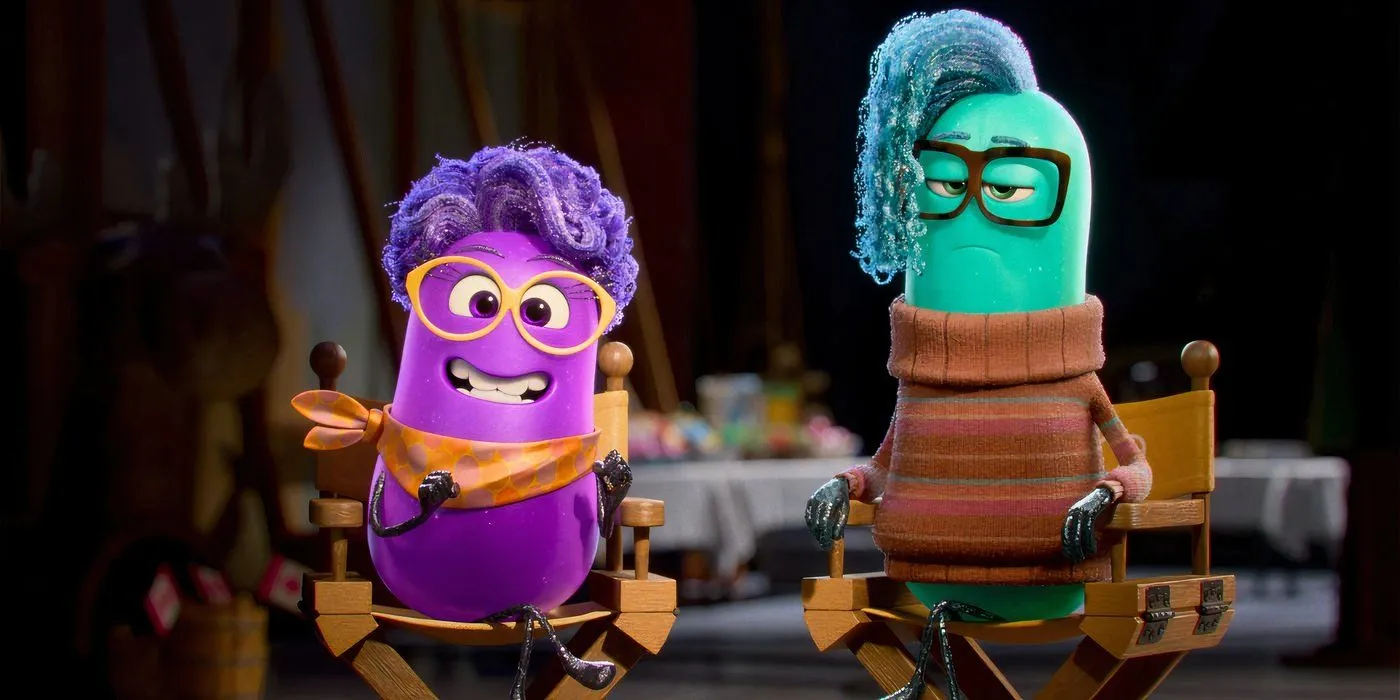
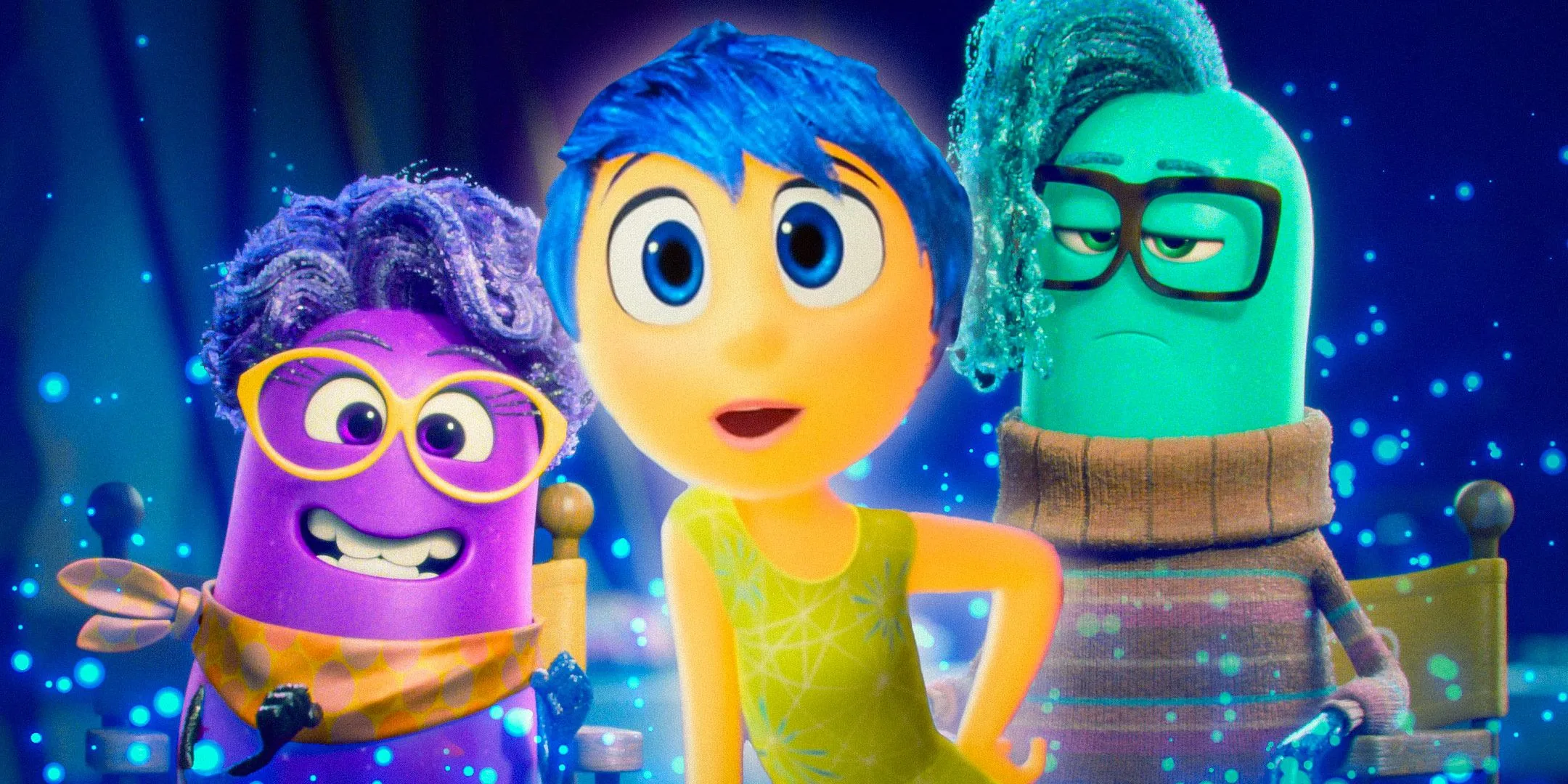
Within the framework of Inside Out, each individual’s mind is managed by a collective of emotions housed in “Head Quarters.”The foundational emotions—Joy, Sadness, Anger, Fear, and Disgust—guide personality, while additional emotions are introduced as growth occurs. The concept of Dream Productions was touched upon in the original film, setting the stage for deeper exploration in this follow-up series.
Dream Productions deepens our understanding of how dreams can influence behavior, revealing their profound impact on mood and decision-making. An example of this is Riley’s near mishap due to careless sleepwalking—demonstrating the real-world implications of the studio’s dream creations. Additionally, the newfound ability for minds to communicate hints at a complex web of emotional interdependence, further complicating Riley’s mental landscape.
Expanding the Rules of Inside Out’s Mental Framework
Possible Future Directions for Inside Out
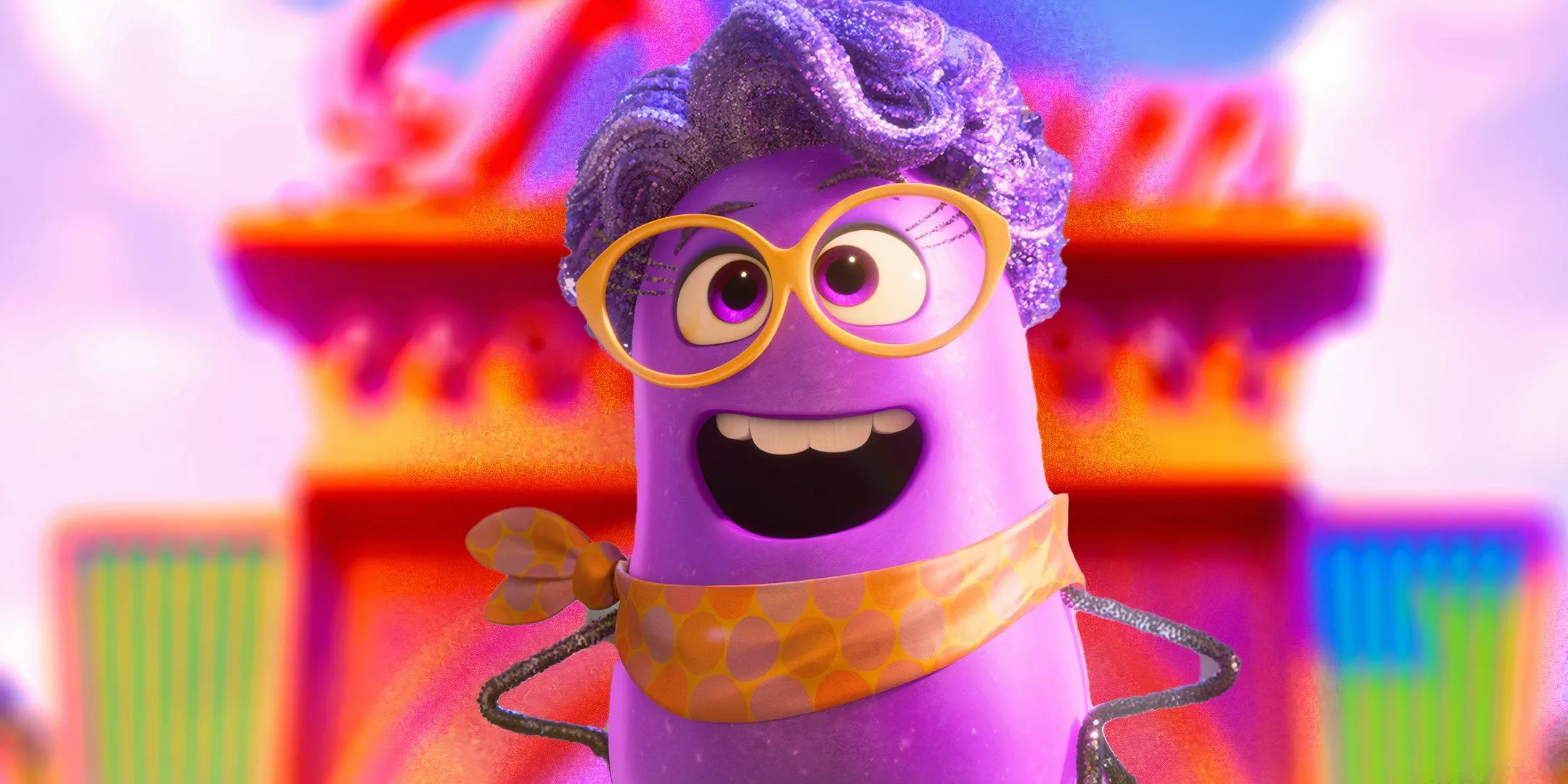
Dream Productions places a strong emphasis on the impact of dreams on individuals and society, while establishing a clear hierarchy within Riley’s mental structure. Head Quarters maintains oversight over the Dream Productions studio, navigating a delicate balance of authority and creative expression. The interlacing of various dream departments—including those that manage nightmares or sports-themed dreams—suggests a multifaceted system within Riley’s subconscious.
As demonstrated in recent developments, the dangers associated with sleeping—such as sleepwalking—expose gaps in Head Quarters’ understanding. The series invites viewers to contemplate how these new insights might affect Riley as she matures, especially considering the possibility of dreams from external sources influencing her thoughts and behavior.
Setting the Stage for Greater Inside Out Narratives
Potential Storylines for Inside Out 3

The implications of minds communicating with one another lay fertile ground for storytelling in the future Inside Out franchise. The evolving dynamics between individual minds could uncover new internal characters and mechanics to enrich the narrative. As Riley transitions into adulthood, the influence of others on her psyche could raise conflicts beyond introspective challenges and self-discovery.
With Paula now at the helm of Dream Productions, her venture to assist Riley promises to remain pivotal in shaping her dreams. Yet, the complex interactions with other minds could introduce new elements, allowing storytelling to explore conflicts between dreams and the established authority of Head Quarters. The trajectory of Riley’s experiences prepares audiences for a transformative journey as she navigates through the complexities of adulthood and emotional maturity.




Leave a Reply